How to sharpen a grater at home?
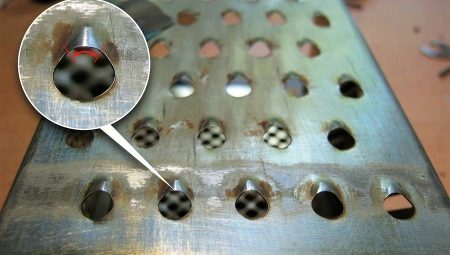
The grater needs sharpening no less than other household tools. As long as this tool is sharp and functional, you should not be afraid that it will let you down.
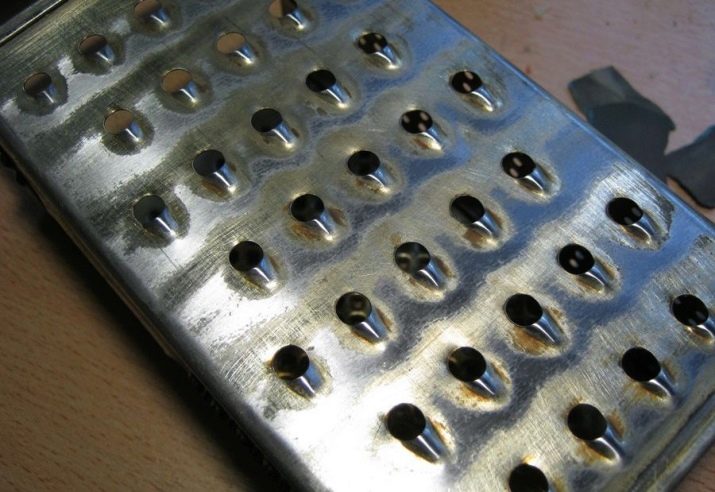
What can you sharpen?
Sharpening graters for vegetables is as follows. If the model is slightly dull, then you can grind it from the outside with a simple stone sharpener. But if the grater is dull inside too, then you need to sharpen it on both sides. For this, sharpeners are used - special devices that are sold in hardware stores. You can also sharpen the grater with sandpaper, a stone on a grinding machine in the shape of a circle. Some craftsmen are able to sharpen the product even on a grinder, but this method has drawbacks: you need to sharpen each of the perforated micro-blades, and the crumpled ones must be straightened using any pin that can be inserted into the holes.
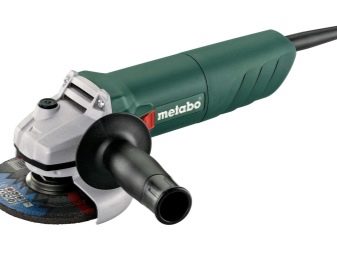
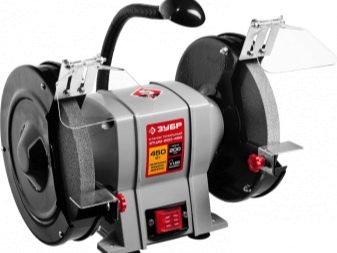
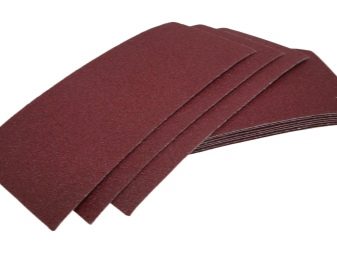
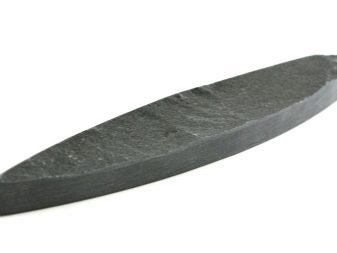
Among the already available tools at hand, the bottom of a plate or mug, knives with a finely ribbed blade, sandpaper and files are used. The main thing is not to overdo it and not ruin the product.
Sharpening methods
You can sharpen the smallest or coarse grater for vegetables at home by dividing the process into two stages: processing from the inside and outside. Sharpening the grater at home is carried out on the outside with sandpaper, from the inside using a round file.
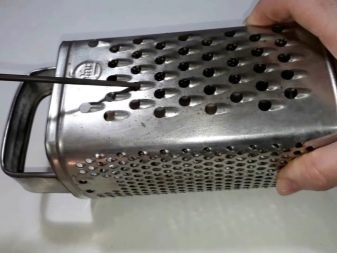
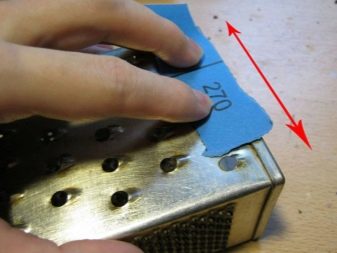
On the front side
For external sharpening of the structure, do the following.
- First, remove the metal plate from the body of the product, with which the grater was fixed on it. If there is no plate, and the tool is a metal working part fixed in the body, then the latter is removed immediately.
- With the help of "forty" (sandpaper with medium grain) the cutting part is sharpened with movements from top to bottom, but not vice versa, against the course of the blades. The sandpaper can be replaced with the back (rim on the bottom) of a porcelain or ceramic plate. These materials are capable of sharpening blades, as well as dulling them, for example, when cutting food directly on a plate.
- Using a finer grit sandpaper, sand the cutting insert to near-perfect condition, since steel dust particles can come off from roughly sharpened edges, which are capable of getting into the body, being rubbed into straws.
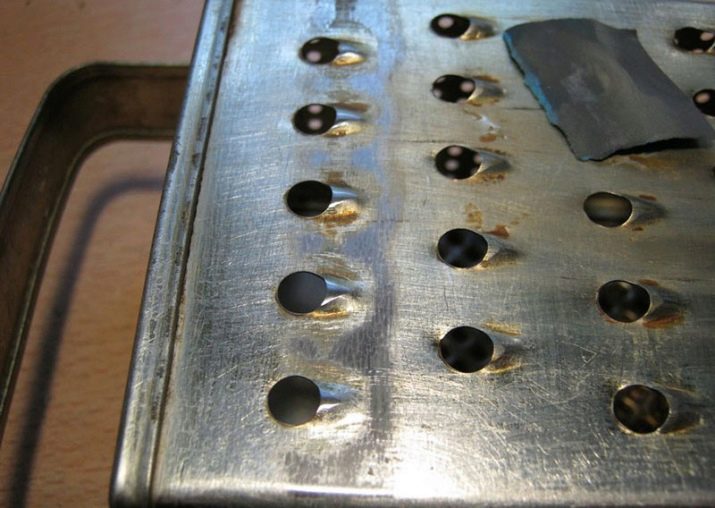
Insert the grater back into the place on the body where it was fixed. If the model was not collapsible, then a new frame can be made for it from wood. In the case of initially non-separable rods with rivets extending beyond the edges of the body (in the area of the seat groove or recess), their reverse assembly is accompanied only by restoration, replacement of those rivets on which the working part was held.
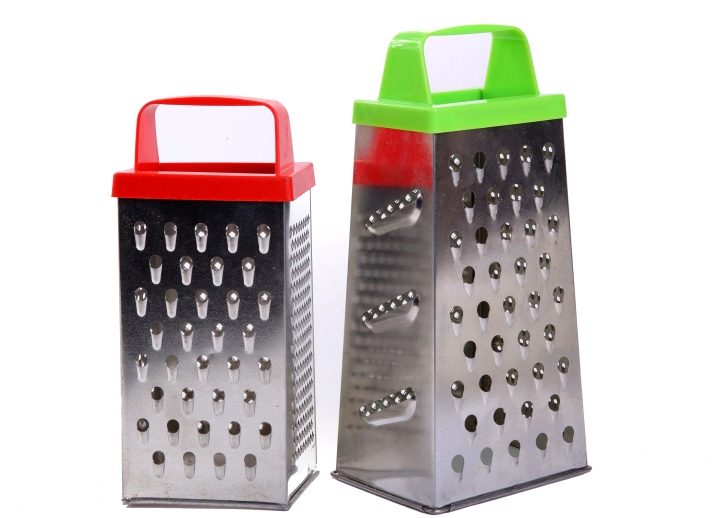
If the rivets cannot be repaired, then bolted connections with smoothed bolt heads are used.
From within
To sharpen the grater from the inside, it is advisable to use a file. If your hand crawls into the space inside, then this action is performed using sandpaper. The movements are the same as outside (not against the direction of the blades).
Sharpening the grater from the inside is no longer associated with sharpening the blades as such, but with aligning them, more precisely, pulling them up so that they protrude more on the opposite (outer) side. This means that a round chisel file is used for leveling, approximately matching the diameter of the hole. At the same time, he only slightly sharpens the blades, and does not hone almost to the state of a razor cutter.
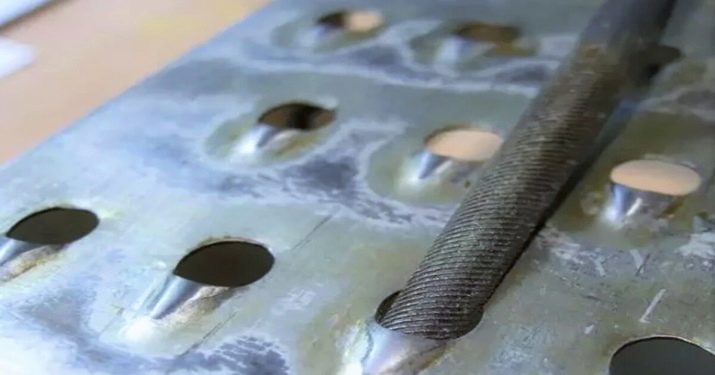
Useful Tips
Sharpening kitchen utensils is a delicate and careful process. To make your kitchen tool last a long time, follow a few simple rules.
Graters produced in the last decade have lost that unsurpassed strength inherent in real stainless steel, which could last for several decades. The material from a solid sheet turned into a simple stainless steel coated with either the same stainless steel or non-ferrous metal (an alloy similar to cupronickel). Before sharpening the blades, check how much they are pressed. The graters of the times of the USSR were not pressed with the tips towards the plane, but the current Chinese consumer goods, unfortunately, often sin with this.
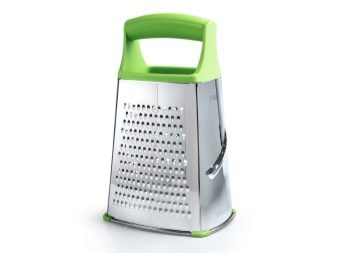

Straighten the micro-blades outward before sharpening them.
If you find that boiled fruits and vegetables are not straw, but porridge, stop work, wash the grater and bend the sunken blades outward, then sharpen them. Do not try to grind a product whose structure is too hard. Frozen fish fillets, for example, can still be grinded, but an attempt to make on a grater, for example, a semblance of bone meal will lead to failure: there is an electric grinder-grinder with the required power for this.

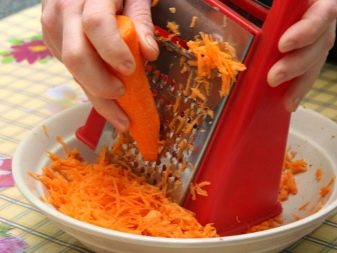
On modern graters, stainless steel does not form the entire thickness of the working component, but is made in the form of spraying. After a thousand rubbing, this layer can begin to peel off, as a result of which the grater will rust. A rusting tool is usually dangerous for cooking and is discarded, and a new one is bought to replace it. It will be a great success to acquire a rarity made at a time when cutlery and stainless dishes were made for several generations, and such a grater can be sharpened until its working part becomes so thin that the product eventually breaks during operation.









